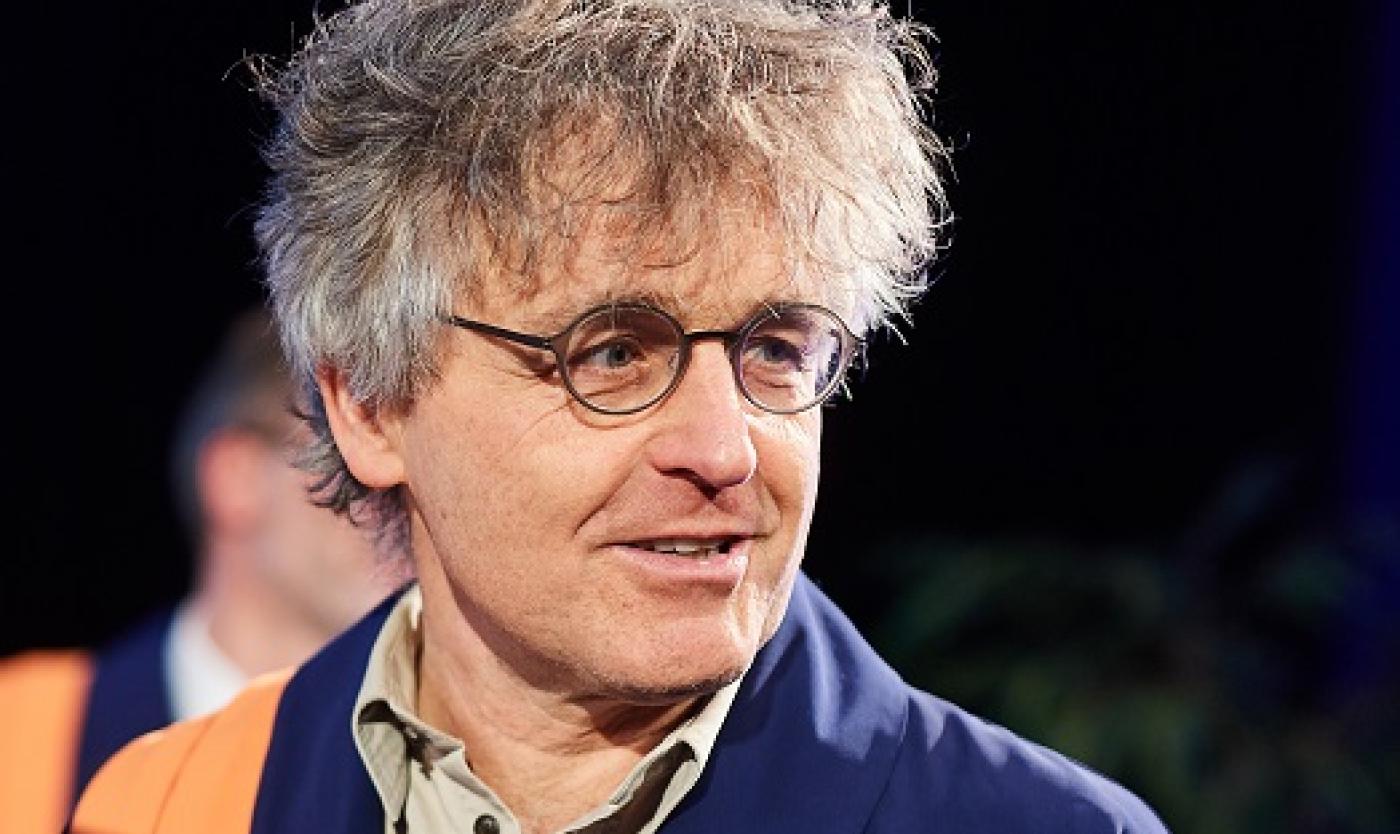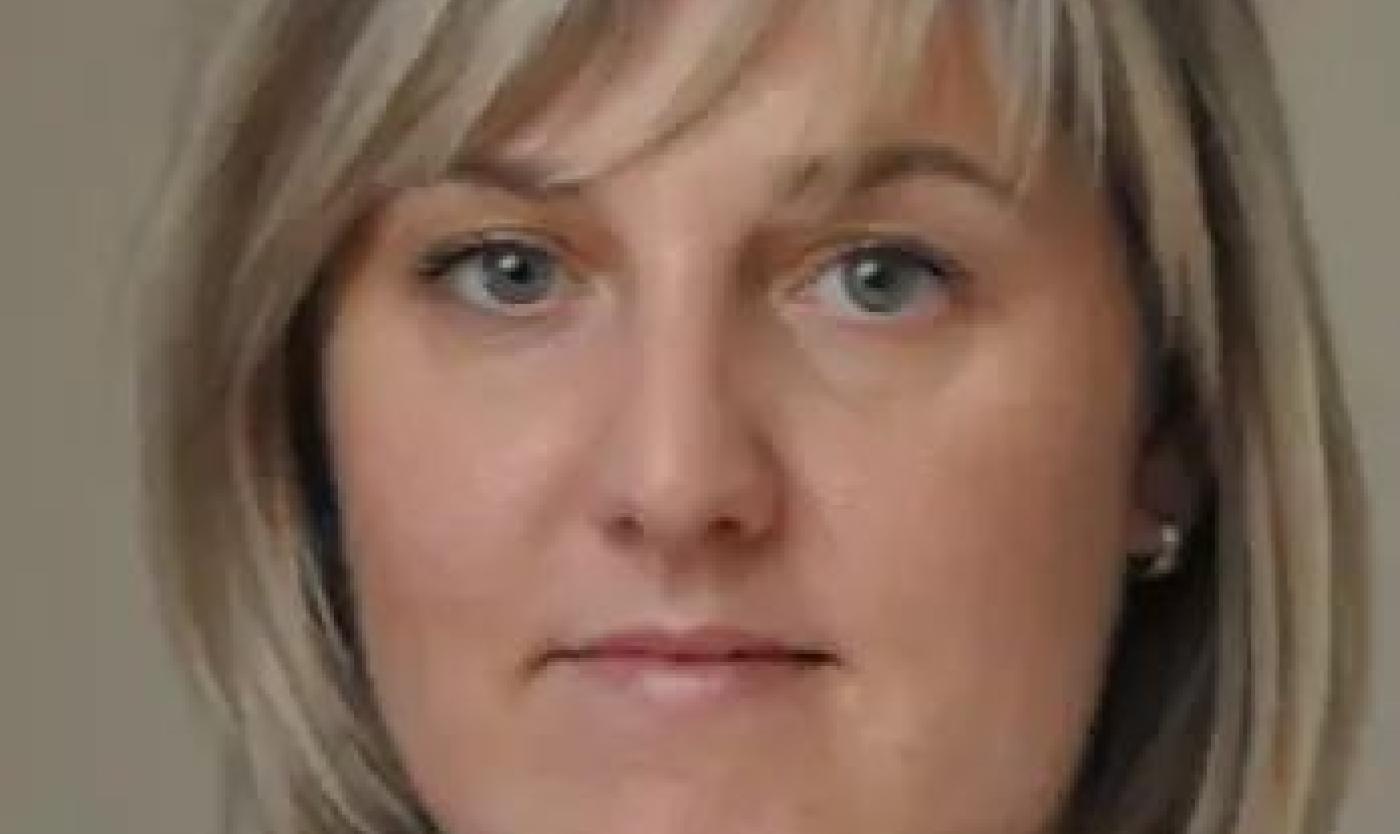
The Vrije Universiteit Brussel has recently launched HUMANISE, a brand-new core facility that enables researchers to explore the intricate relationship between the brain, behaviour and the body. Professors Frank Van Overwalle, an expert in social neuroscience, and Natacha Deroost, a specialist in cognitive psychology and neuropsychology, explain why HUMANISE is a vital development for science, medicine and society. “We share perspectives, we enrich one another—and that creates an incredible energy.”
How do we think? How do we move? How do we respond to technology? With HUMANISE—short for HUMan and ArtIficial miNdS and bodIEs—the Vrije Universiteit Brussel now has a state-of-the-art facility dedicated to answering these questions, right down to the level of brainwaves, eye movements and muscle activity. Located on the Etterbeek campus, the centre brings together brain, body and technology in a unique, shared research environment.
In specially equipped laboratories, researchers can analyse human behaviour down to the finest details. Think EEG equipment that monitors brain activity during social interactions, eye-tracking systems that follow visual attention, and motion capture technology that records movements with millimetre precision. Virtual reality headsets and physical stimuli immerse participants in simulated scenarios, while biometric sensors measure heart rate and skin conductance. This combination of technologies allows not just observation of behaviour, but a deeper understanding—and even influence—of it.
But HUMANISE is more than just a high-tech lab; it bridges disciplines. Psychologists, movement scientists, linguists, AI specialists, engineers, doctors and economists collaborate on research that is both fundamental and socially relevant. From brain stimulation in individuals with autism to motor rehabilitation for Parkinson’s patients—HUMANISE provides both the tools and the collaborative environment needed to tackle the complex questions of today and tomorrow.
HUMANISE is focused on research into the human mind and body. What does that actually mean?
Frank: “As psychologists, we primarily look at behaviour. While doctors often start from physical symptoms, we begin by examining how people behave—and what role the brain plays in that. Of course, it’s not just about the brain. Hormones, genetics, social interactions—all of these influence how our brain functions. But the prevailing idea remains that the brain is the central driver behind our behaviour and decision-making, whether conscious or not.
“The brain itself is also hierarchically structured. Visual stimuli, for instance, enter through the back of the brain; deeper regions selectively focus attention on certain aspects, and the more complex, abstract decisions take place further towards the front. This is, of course, a highly simplified picture—the brain is an incredibly complex organ.”
Natacha: “Frank’s research puts a strong emphasis on brain processes. For me, behaviour is the starting point—it’s through behaviour that we infer how people feel, think and function. I see the brain as a valuable tool that helps us understand what’s going on internally—and ultimately to help people, especially when they face psychological challenges or conditions. Brain measurements complement this; they enrich our understanding.”

Frank Van Overwalle
Why was there a need for a facility like HUMANISE?
Frank: “Core facilities give research groups access to advanced equipment that they wouldn’t be able to afford individually, but can manage together. Up until now, there’s been very little shared infrastructure for the humanities at VUB—only in statistics, really. I always found that odd. We applied twice to the FWO [Research Foundation – Flanders] for funding for major equipment, but both applications were rejected. Thankfully, the VUB itself stepped in through the Research Council. That support was absolutely crucial.”
Natacha: “There was a genuine demand from various research groups and faculties, too. It’s incredibly stimulating to speak with colleagues who come at things from different angles. It really gets your brain firing—literally and figuratively (laughs). Suddenly, you start making all sorts of new connections. That’s what makes HUMANISE such a rewarding project for me—both intellectually and on a human level.”
Did this kind of infrastructure already exist in Belgium?
Frank: “Not in this form. By pooling resources, you can invest in better equipment, share expertise, and avoid mistakes. You also get access to specialists who know exactly what each device’s limitations are. Instead of struggling with interpretations for five years, you get targeted feedback straight away. That speeds up research and improves its quality. We’re also discovering that functions we used to study in isolation are, in the brain, located much closer together than we thought. For instance, language and social information are processed in separate areas of the cerebral cortex, but in the same region of the cerebellum—the so-called ‘little brain’. That raises new, fundamental questions. Why are language and social skills so deeply intertwined?”
Natacha: “That cross-pollination is really the big advantage. The infrastructure forces us out of our comfort zones. We share ideas, enrich each other’s work, and that generates incredible energy. Even just bringing people together already has an impact—regardless of the technology itself.”
How does HUMANISE contribute to your own research?
Natacha: “For my research, it’s a unique opportunity. I use transcranial electrical stimulation, where we lightly stimulate specific areas of the brain. This helps us investigate whether we can activate underperforming brain regions. By combining this with other measurements—such as EEG, which tracks the brain’s electrical activity, or computer-based tasks that assess reaction times—we can pinpoint more precisely what’s changing. Even with basic equipment, we’ve already shown improvements in the brain regions involved in motor control in people with Parkinson’s. The effects are still small and temporary, but with more powerful technology, we hope to produce measurable benefits that genuinely improve patients’ daily lives. Neurostimulation is still in its early stages, but the potential is huge.”
Frank: “I study how brain stimulation can enhance social skills—for example, in people with autism. So far, we’ve used electrical signals, but in future we want to move towards magnetic stimulation, which is more powerful. In earlier studies, we already saw subtle improvements, but now we want to explore whether those effects can be made long-lasting. There’s currently no medical treatment for autism—maybe our research can help change that.”
“You can rarely link behaviour to a single brain region—it’s all about networks.”
And what do you mean by research into “artificial minds”?
Frank: “That was one of the original ideas: a controlled Artificial Intelligence environment where we could explore how robots can work safely alongside humans. That strand of research has taken a bit of a backseat for now.”
Natacha: “HUMANISE definitely goes beyond just psychology. Think of research into sleep, pain, motor functions, and language processing. Movement scientists and engineers can study how exoskeletons affect the brain. Linguists are investigating the cerebellum’s role in multilingualism. And even economics has overlaps: what kind of thought process precedes a decision? Whether you’re selling an apple or a luxury villa, the cognitive mechanisms are surprisingly similar.”
Frank: “That ties into the concept of the ‘embodied brain’—the brain isn’t separate from the body or its social context. A brain in a glass jar, isolated from interaction, would be a very strange—perhaps even psychopathic—brain. Children who experience extreme social neglect sometimes develop behaviours resembling autism. Twenty years ago, we often drew odd conclusions from brain research, but today we’re better equipped as psychologists to interpret findings critically. You can rarely associate a specific behaviour with a single brain region—it’s about networks.”
Still, there has been criticism: a fellow professor from ULB claimed brain research says little about mental illness.
Natacha: “I think that view is premature. Precisely because this research is still emerging, we need to give it a chance. People often create a false dichotomy between brain and behaviour—but that’s a misleading choice. Both are essential. Take eating disorders, for example: those with low self-control are more likely to develop bulimia; those with extreme self-control, anorexia. We also know where in the brain self-control is situated. Can we stimulate those areas to help patients? That seems incredibly relevant—for psychology as a science and for clinical practice.”
Frank: “We’re not suggesting that brain stimulation can replace therapy, but it can certainly support it. It’s like with cancer: it used to be a single diagnosis; now we know there are hundreds of types. We need the same level of understanding with mental disorders. Depression, schizophrenia, autism—there are huge variations within each. If we can understand them better at the network level, we can intervene more effectively.”
Natacha: “But that requires fundamental research—time and precision. You can’t just go around stimulating brain regions at random. We need to know which networks are involved, how they function, and how that differs in people with specific conditions.”
What about societal influences? More and more people today have a label such as ADHD or ASD.
Natacha: ‘That is indeed a tension. At a certain point, it seems as if everyone has a “neurological disorder”. The question then arises: what does the label still mean?’
Frank: ‘Yet it also offers opportunities. The term neurodiversity helps to focus on strengths. Someone with autistic traits may excel at detail-oriented work — in IT, biology, research. It helps to recognise the value of diverse thinking. What seems like a limitation to one person is a strength to another.’
"My common thread? Bridging the gap between theory and humanity."

Natacha Deroost
What personally attracts you to research into the brain and behaviour?
Natacha Deroost: "What intrigues me is the tension between practice and theory. In clinical practice, I often see treatments that have a positive effect on patients, but we don't know exactly why from a scientific point of view. Fundamental research, on the other hand, is usually very detailed and deals with complex cognitive processes, but is sometimes far removed from reality. For me, the magic lies in connecting those two worlds. I want to understand: if something works in practice, can we also explain it with data and experiments? Building that bridge — from observation to insight — is my main motivation."
Frank Van Overwalle: "As a psychologist, I was always fascinated by fundamental processes, but I found classical experimental research too distant. That's why I started to focus on social psychology: it's about real people in real situations. At the same time, I saw that the field was fragmented — everyone had their own theory, their own approach. There was too little coherence. I then started working with artificial neural networks, because those models could make that connection. When brain scanners came along, I was immediately sold. The first researchers focused mainly on cognitive functions such as attention and memory, and a little later I started to focus on social processes such as empathy and interaction. Today, my research includes how we can improve social skills in people with autism through brain stimulation. My common thread? Building bridges between theory and humanity."
What is your dream for HUMANISE?
Frank: ‘More collaboration. HUMANISE does not want to be an island, but a bridge between the humanities, medical sciences and engineering. Our strength will lie in those cross-connections.’
Natacha: (raises her fist) ‘Putting the VUB on the map.’
- High-quality computer infrastructure – measures human behaviour and decisions, including reaction speed during (social) tasks
- EEG equipment – measures brain activity during tasks and social interactions
- Brain stimulation – Non-invasive light electrical stimulation (via the scalp) to stimulate or inhibit certain processes in the brain. A device with stronger magnetic stimulation is being requested.
- Eye-tracking systems – tracks eye movements to analyse visual attention (in application)
- Sleep and pain lab – investigates the human and physical aspects of sleep and pain (in preparatory phase)
- Biometric measuring equipment – records heart rate, skin conductance and other physical responses
- Motion capture systems – Accurately records body movements (in collaboration with the Human Physiology and Sports Physiotherapy research group)
- VR headsets & haptic feedback – Immerses participants in virtual environments with tactile feedback
- Audiovisual recording equipment – High-quality cameras and microphones for behavioural observation